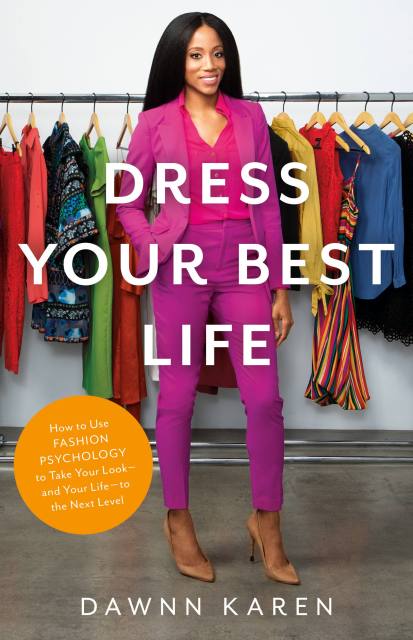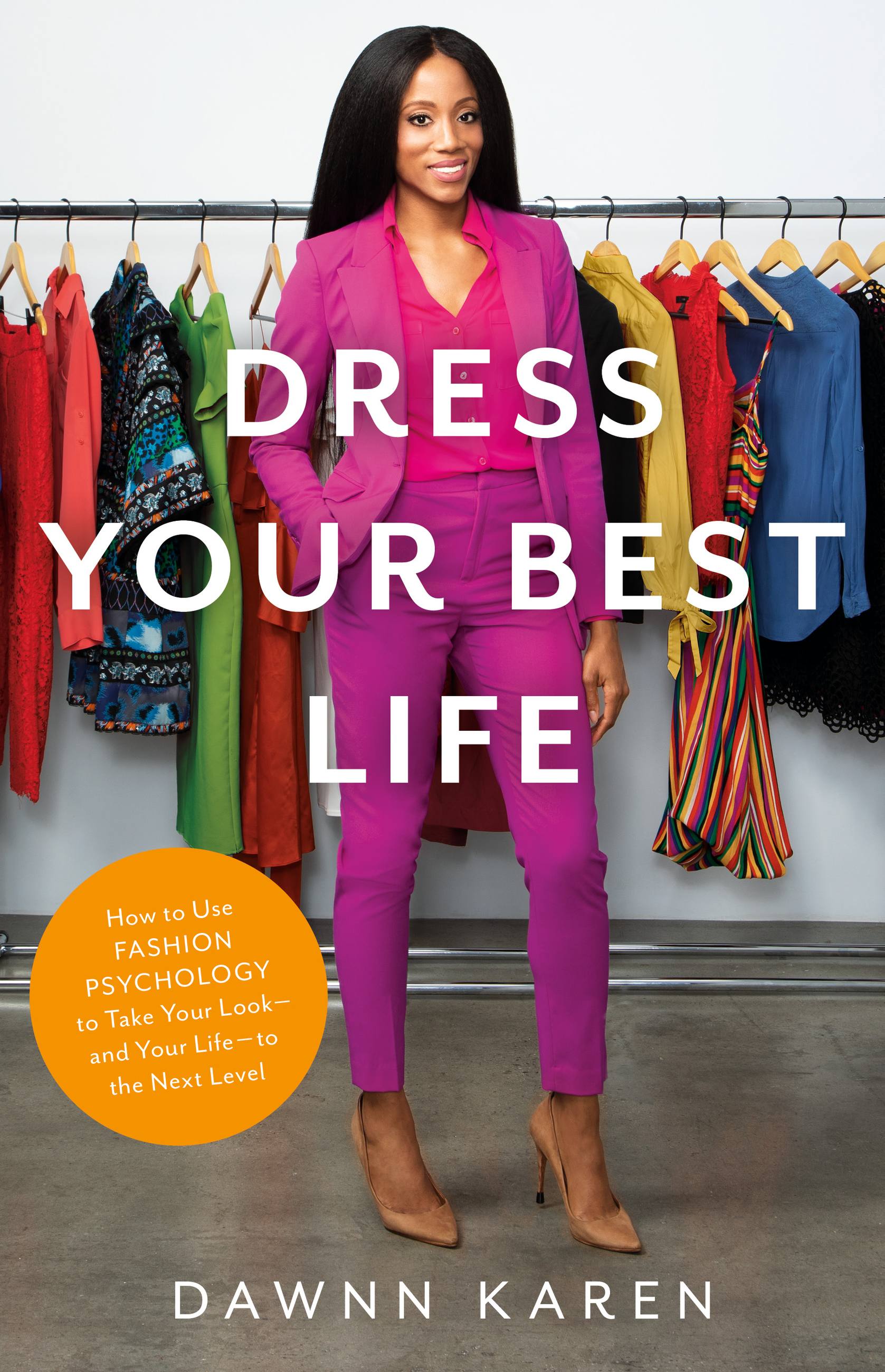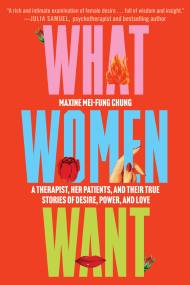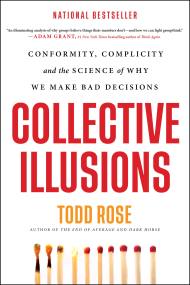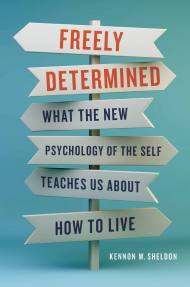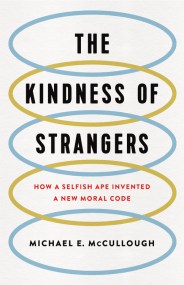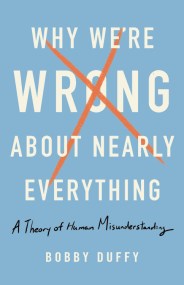Promotion
Use code MOM24 for 20% off site wide + free shipping over $45
Dress Your Best Life
How to Use Fashion Psychology to Take Your Look -- and Your Life -- to the Next Level
Contributors
By Dawnn Karen
Formats and Prices
Price
$14.99Price
$19.99 CADFormat
Format:
- ebook $14.99 $19.99 CAD
- Hardcover $28.00 $35.00 CAD
- Audiobook Download (Unabridged)
This item is a preorder. Your payment method will be charged immediately, and the product is expected to ship on or around April 14, 2020. This date is subject to change due to shipping delays beyond our control.
Also available from:
Harness the power of your wardrobe to achieve your dreams with this timely take on personal style from a world-renowned fashion psychologist.
You may get dressed every day without really thinking about what you’re putting on, but did you know that what you wear has a powerful effect on how you feel? Or that your clothes influence the way others perceive you? By making a few adjustments to your wardrobe, and learning to style from the inside out, you’ll not only elevate your look, but level up your entire life.
Dawnn Karen is a pioneer in the field of fashion psychology, and she has spent years studying the relationship between attire and attitude. In Dress Your Best Life she goes far beyond well-known makeover advice, pushing you to ask yourself: Are my clothing choices hurting me or helping me to achieve my life goals? Her book will help you discover your unique style story, become a smarter shopper, use color to your advantage, match moods to clothing choices, and embrace new or different standards of beauty. This knowledge is a power that you’ll exercise every time you open your closet door or walk into an important meeting in just the right outfit.
Packed with practical tips and cutting-edge advice, Dress Your Best Life will teach you to harness the power of fashion for the life you want to live.
Genre:
- On Sale
- Apr 14, 2020
- Page Count
- 288 pages
- Publisher
- Little Brown Spark
- ISBN-13
- 9780316530989
Newsletter Signup
By clicking ‘Sign Up,’ I acknowledge that I have read and agree to Hachette Book Group’s Privacy Policy and Terms of Use
